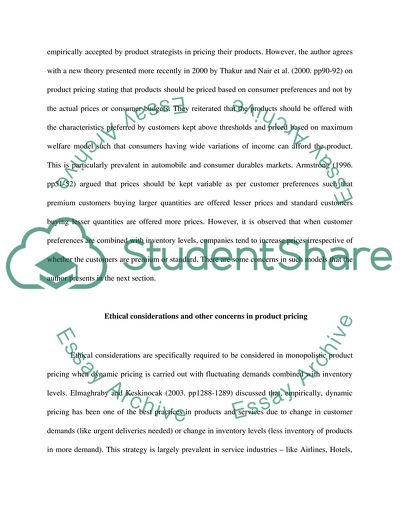Cite this document
(“Product Pricing Strategy: Value-Based or Costing Based Essay”, n.d.)
Retrieved from https://studentshare.org/finance-accounting/1553672-see-details-below
Retrieved from https://studentshare.org/finance-accounting/1553672-see-details-below
(Product Pricing Strategy: Value-Based or Costing Based Essay)
https://studentshare.org/finance-accounting/1553672-see-details-below.
https://studentshare.org/finance-accounting/1553672-see-details-below.
“Product Pricing Strategy: Value-Based or Costing Based Essay”, n.d. https://studentshare.org/finance-accounting/1553672-see-details-below.


